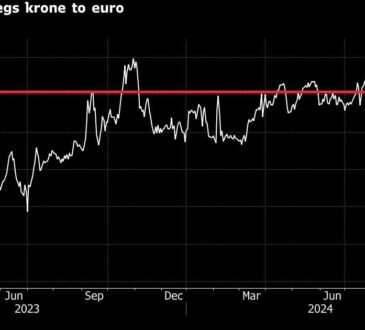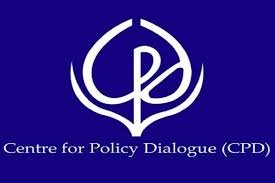With growing economic uncertainties driven by major global economies and ongoing geopolitical tensions, from Ukraine to the Middle East and the Far East, it has become evident that underdeveloped nations, which are often dependents, suffer the most when disruptions occur.
These disruptions typically leave underdeveloped countries vulnerable to severe economic instability, particularly in the form of inflation and currency depreciation, both of which significantly hinder growth. This reality suggests that robust domestic measures, ranging from fiscal to monetary policies, are essential to navigate the effects of such disruptions.
As one of these underdeveloped countries, Tanzania is not immune to global disruptions. A clear example is the dollar crisis the country has been experiencing since early 2023, primarily characterised by a shortage of dollars, which are vital for international trade, while the Tanzanian shilling depreciated, making imports more expensive.
The dollar crisis disrupted many economic activities, particularly since Tanzania relies heavily on imported goods for consumption and production. This prompted the Bank of Tanzania (BoT) to adopt measures such as limiting dollar allocations for imports and injecting some of its reserves into circulation to ease the shortage.
READ MORE: Bank of Tanzania Increases Interest Rate From 5.5pc to 6pc. But What Does It Mean?
One important lesson from this crisis is the risk posed by relying significantly on a single reserve standard, especially the dollar. However, the dollar’s volatility underscores the need for Tanzania, a country rich in valuable metals, to consider alternative reserve standards. Gold, in particular, can be a powerful safeguard for the nation’s currency and help stabilize inflation during global disruptions.
Important steps
Fortunately, BoT has initiated some important steps to revive its gold reserves by purchasing gold from artisanal, small, medium, and large-scale miners. This initiative, which began in the previous financial year, saw the government purchase gold worth Sh79.7 billion until August 31, 2024, with the goal of acquiring 6 tons in reserve in the 2024/25 financial year.
This move is timely, and perhaps overdue, given that global major economies began accumulating significant gold reserves as early as the 2000s, recognizing gold’s enduring value during crises. Gold reserves are a beacon of confidence, maintaining value when other assets falter.
For decades, central bank gold reserves have provided a reliable framework for monetary stability by diversifying portfolios and reducing the economic volatility associated with fiat currencies. In times of crisis, such as the recent dollar shortages, gold reserves play a critical role in currency stabilization, directly supporting the economy.
READ MORE: Bank of Tanzania Launches Domestic Gold Purchase Programme
Historically, gold has outperformed the US dollar and demonstrated steady price appreciation over the years. With the dollar shortage that Tanzania continues to face, BoT could have leveraged its gold reserves to boost the dollar supply.
Gold production in Tanzania significantly contributes to the economy, especially in balancing payments, as it brings in considerable foreign reserves through exports. In 2022, Tanzania exported 62.5 tons of gold, almost all of which was sold abroad, leaving the country without a commodity reserve standard for the central bank.
Huge potential
Given this context, Tanzania has the potential to build a substantial gold reserve at the BoT, which could help mitigate economic disruptions that affect prices and currency value. This can be done by selling gold reserves to the international market to obtain foreign currency in times of shortage.
With the Mining Act in place, regulators have now mandated mineral rights holders to set aside 20 per cent of their minerals for the country’s monetary stock, which BoT will purchase at competitive world prices through local refineries.
READ MORE: European Investment Bank Vice President Thomas Östros Visits Tanzania for Investment Talks
The key question is whether BoT has allocated sufficient funds to purchase the designated quota. By 2023, gold production was around 60 tons, suggesting that with the mandatory requirement for holders to reserve 20 per cent, Tanzania’s central bank could potentially acquire up to 12 tons of gold, twice the 6-ton target set for this year’s programme.
Regardless of the specifics, the government must prioritise the effective implementation of this programme to significantly boost the central bank’s gold reserves, thereby safeguarding the economy during future disruptions. After all, the BoT’s primary objective is to promote stability and economic growth.
Joel Ntile is a Pan-Africanist and socio-economic analyst based in Dar es Salaam, Tanzania. He can be reached at ntilejoel@protonmail.com or @JoelNtile on Twitter. These are the writer’s opinions and do not necessarily reflect the viewpoint of The Chanzo Initiative. Want to publish in this space? Contact our editors at editor@thechanzo.com.




